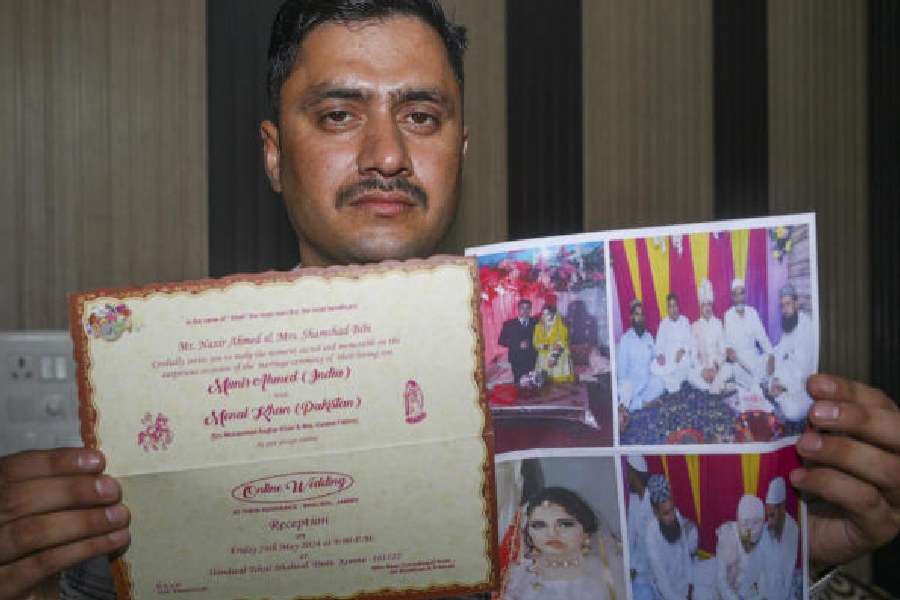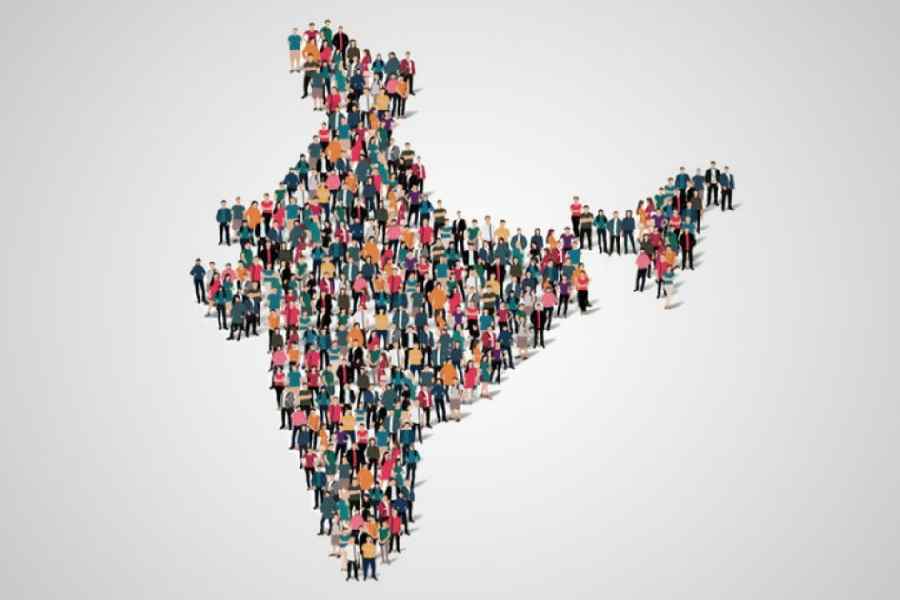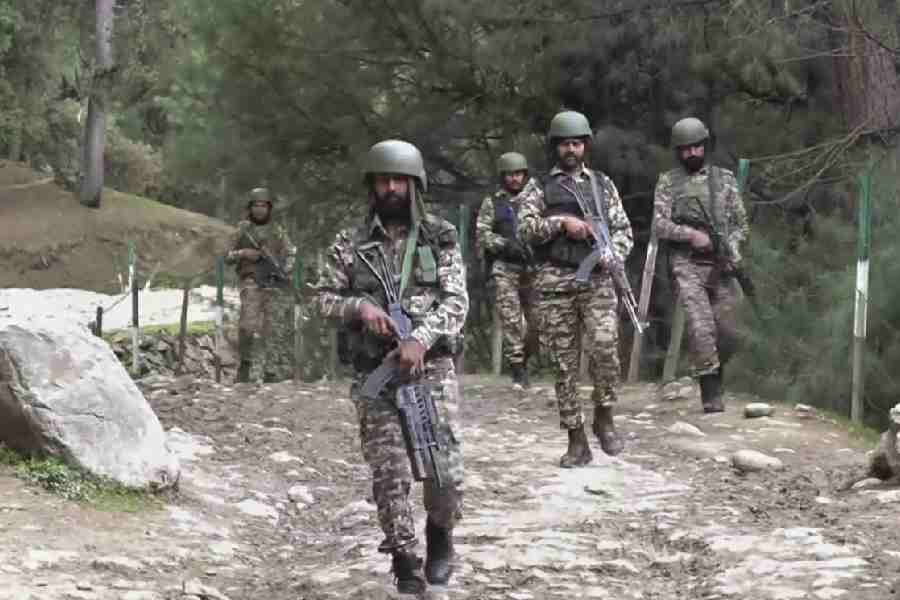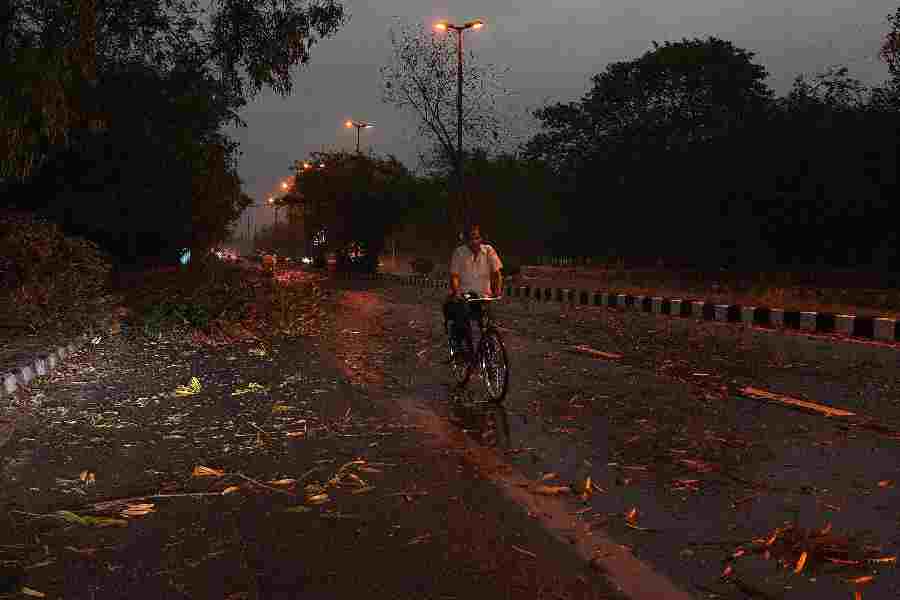 |
| Imaging: M Iqbal Shaikh |
If Charlie Mungulda, an aborigine in Australia, wishes to talk to someone in Amurdag — his native tongue — he just can’t. Quite simply, there’s no one else in the world who can converse in that language, one of the several hundred on the brink of extinction.
Indeed, linguists at the Living Tongues Institute for Endangered Languages (LTIEL) in Salem, Oregon, US, have a startling fact to reveal: somewhere in the world one language dies about every two weeks. The researchers have also mapped the hotspots where languages are vanishing most rapidly: eastern Siberia, northern Australia, central South America, Oklahoma and southwest United States, and the US Pacific Northwest.
Amurdag is not alone in its predicament; more than 500 languages are spoken by fewer than 10 people. “The impact of such language loss is far greater than just for linguists; it is a massive loss for humanity as a whole,” says Gregory Anderson, director of LTIEL.
According to linguists, nearly half the 7,000 languages spoken in the world today are likely to disappear in the next 100 years. “The rate of language extinction far exceeds that of birds, mammals, fish or plants,” says David Harrison, professor of linguistics at Swarthmore College, Pennsylvania. Harrison and Anderson — along with Chris Rainer, a visual anthropologist — are travelling the world to interview the last speakers of critically endangered languages as part of the National Geographic Society’s Enduring Voices Project. The project seeks to help revitalise endangered languages by recording them and providing cameras and other means of documentation to the users.
More than half the world’s languages have no written form. With the death of the last speaker of many of these, the languages, too, would be gone forever. And the loss will not be just in terms of diversity but of knowledge itself. For example, the Kayapo language of Brazil — spoken by some 4,000 people now — can distinguish between 56 folk species of bees, some previously unknown to science. Similarly, interviews with traditional healers in remote corners of the world have revealed new drugs.
“When we lose a language, we lose centuries of human thinking about time, seasons, sea creatures, edible flowers, mathematics, landscapes, myths, music, the unknown and the everyday,” says Harrison.
So what is making languages vanish? To a small extent, natural disasters may be blamed, which at times wipe away small, vulnerable communities, taking away their lives, culture and language. But usually, languages die a slow death as a result of children abandoning their native tongues.
There are regions all over the world that face this threat to varying degrees. The Munda languages of Jharkhand and Orissa and some in the northeastern states such as Arunachal Pradesh and Manipur are not only endangered but are also among the most poorly known of the world’s languages. Similar is the case of those spoken in the Andaman and Nicobar Islands.
All three languages of the Andamans — Jarawa, Onge and Great Andamanese — are endangered. “Of the 53 members of the Great Andamanese people, only eight can speak the language,” reveals Anvita Abbi, professor of linguistics at Jawaharlal Nehru University, New Delhi. Also the director of a documentation project called Vanishing Voices of the Great Andamanese, Abbi has extensive fieldwork experience in tribal and lesser-known Indian languages.
“The major factors leading to language loss in this country have been the imperialist policy of the education system and the framework of the VIII Schedule to the Constitution that empowers a select few languages at the cost of others,” says Abbi. The school system is forcing children to forget their mother tongues, she adds. For example, a child speaking Santhal and Bengali at home may feel the latter is “better” since it’s spoken at school and on television. And he or she may unconsciously abandon the former, thinking it to be a social or economic impediment.
In the case of the Great Andamanese, the depleting population and contact with the outside world are pushing the language into oblivion, says Abbi.
The Munda languages are spoken by the oldest known layer of population in India. LTIEL, in liaison with the department of tribal languages, Ranchi University, is running a project to save these important languages from extinction. The Munda Languages Project, which began in 2005, aims to prepare a comprehensive digital archive of Munda grammatical and lexical material that will serve as the primary online presence and information source for people interested in these languages.
“From a theoretical-linguistic perspective, the Munda languages provide challenging and important data for many contemporary theories,” says Anderson, an expert in the area. For example, in Sora (Savara/Saora) — spoken in southern Orissa and northern Andhra Pradesh, whole sentences can be expressed by a single word. Thus, “I eat/am eating pork” is simply jumbuntinai ( jum = eat, bun = pig, tin = a present tense form, and ai = I).
“Linguistic science is still in its infancy and yet the majority of representatives of the object of study is disappearing before our very eyes… For theoreticians invested in particular theories, this might be good, because the data that contradict the grand ‘universalist’ theories are to be found precisely in these disappearing languages,” he says.
Working on these languages certainly forces one to rethink the criteria for “language universals”, agrees Abbi. “Every linguist should work on and document at least one dying language in the course of her or his career. This is the least society can expect of a linguist.”
If that happens, many of the world’s languages would live on, at least in some form.










